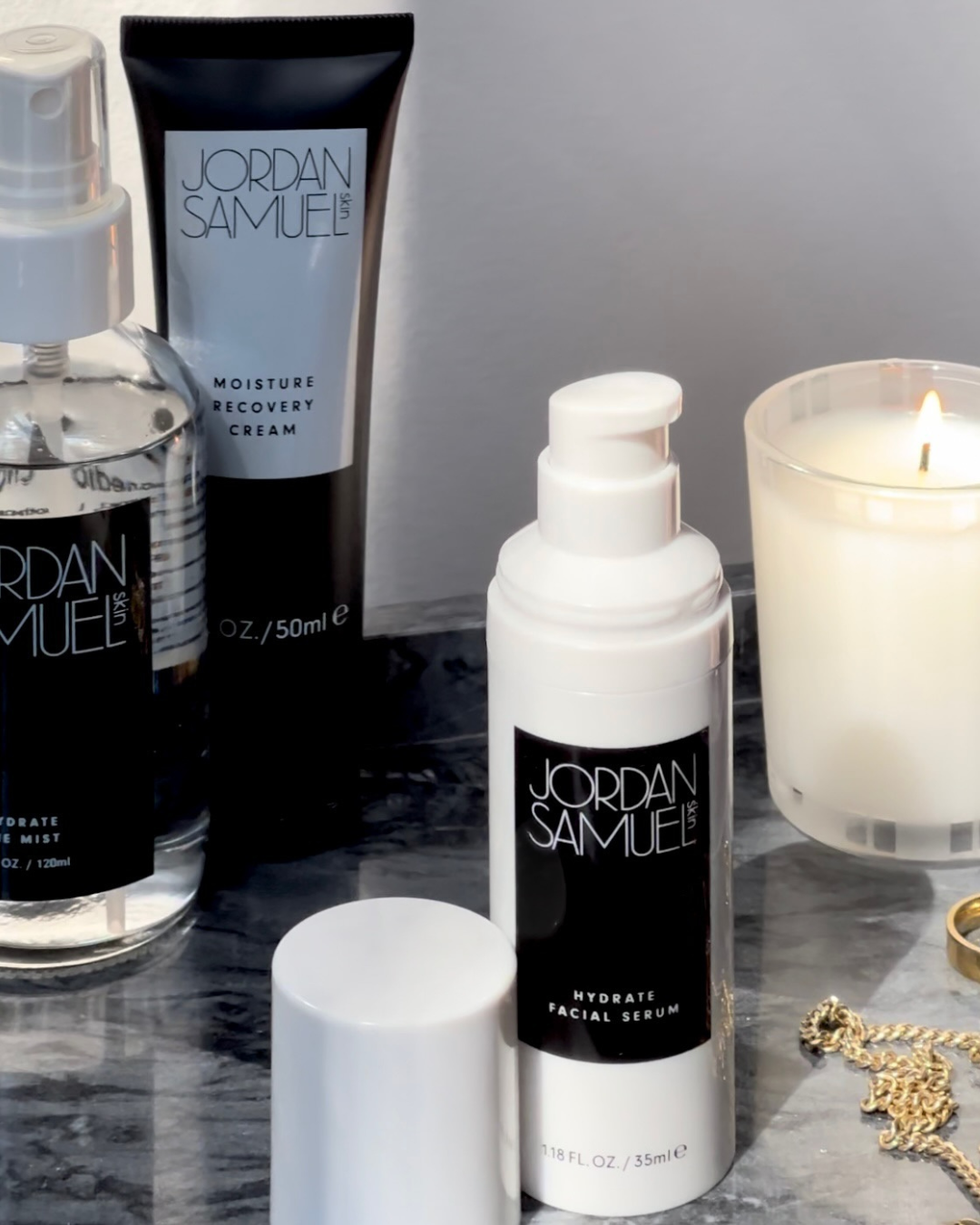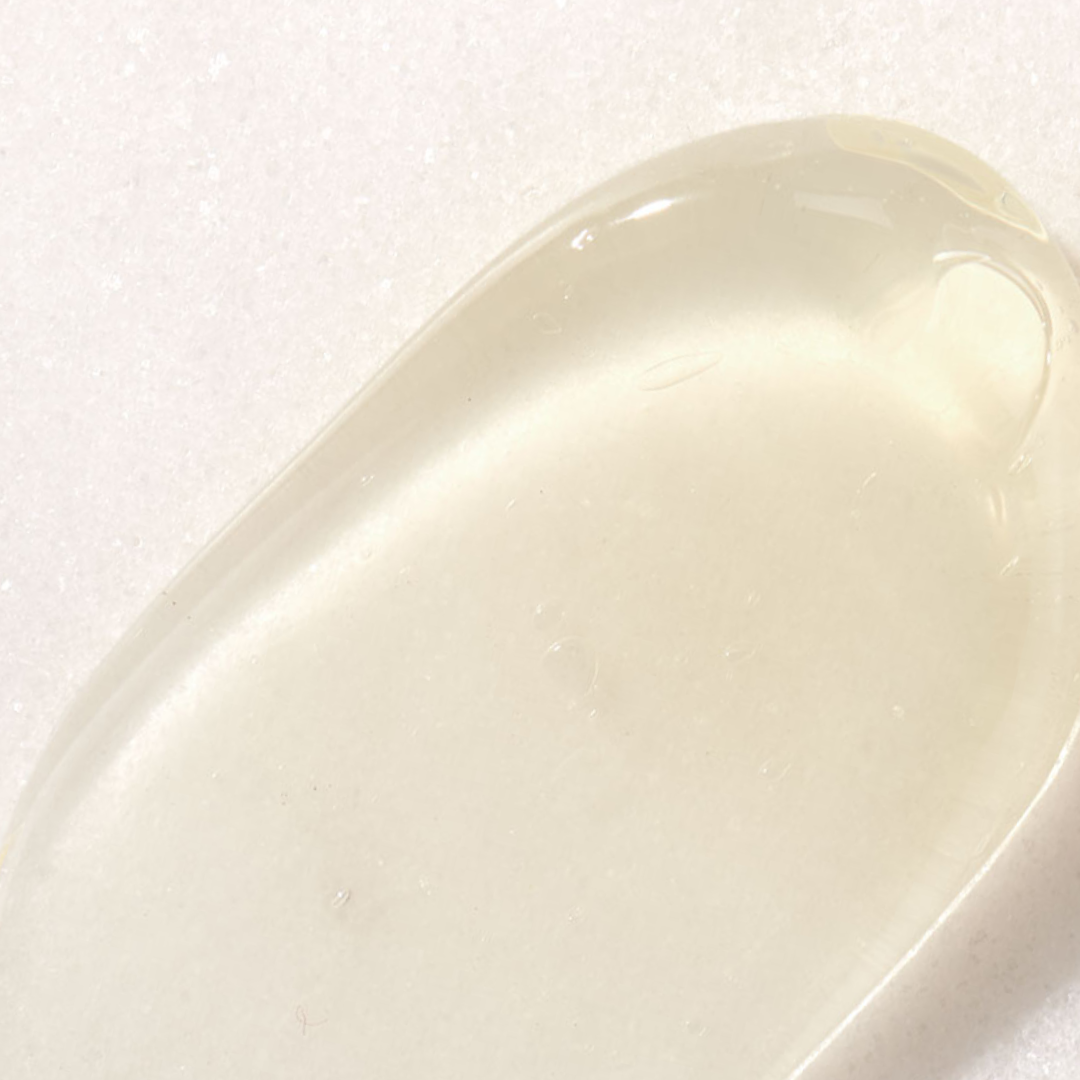When introducing a new product to your routine, there are a whole host of reasons why you might notice some less-than-stellar changes in your skin. You could react to a single ingredient, the combination or proportion of ingredients, or even how that new product interacts with your existing routine. It could be a genuine allergy or simply an issue of overuse. In any of these cases, your best course of action is to take a step back and (at least temporarily) stop using that product.
But what if stopping is actually the wrong choice? A new crop of blemishes may be the result of skin purging. How can you tell when to power through, or when you might be doing more harm than good? Here are some helpful tips for differentiating an irritable reaction from purging:
-
What does it look like?
Distinct, acne-like bumps may be purging. However, if you’re noticing welts, diffuse redness, or anything resembling a rash, stop what you’re doing. Inflammation is a sign of reaction and generally appears as all-over redness rather than individual, blemish-like spots.
-
What type of product is it?
If your new product is a retinol, retinoid, or chemical exfoliant, it might be purging. These products all stimulate cell turnover and will bring any deep-rooted (and not yet visible) congestion up to skin’s surface.
-
How quickly did it start?
If you notice an adverse reaction immediately after applying or even within 24 hours, step away from the product! Purging generally occurs within a matter of days or weeks—not hours.
-
How long has it lasted?
Purging is directly tied to your skin cell turnover and shouldn’t last for longer than one renewal cycle. In your twenties or thirties, skin cells renew every 4 to 5 weeks. This renewal process slows as we age and may take 6 or more weeks on more mature skin. However, you should see at least some improvement in that time. If you haven’t seen some progress within 6 weeks or a total recovery within 8 weeks, then you’re likely experiencing a prolonged reaction. It may be time to get a doctor or dermatologist involved—especially if the culprit is a prescription retinoid.
If you’re in the throes of a purge, I have some disappointing news: the only way out is through. Stick with it and the results will be worthwhile. For a reaction, however, there are immediate steps you can take to get back on the path to calm, healthy skin. Head over to my earlier blog post on addressing product reactions. Once your skin’s been pacified, check out my thoughts on how to introduce products and avoid reactions in the future!
XO,
Jordan




